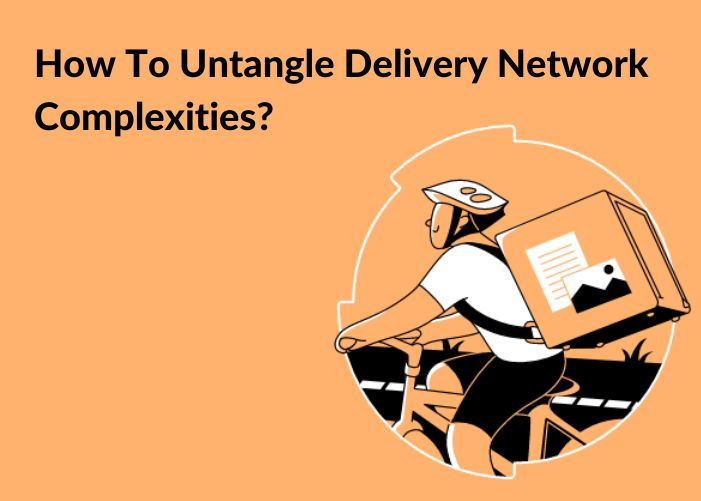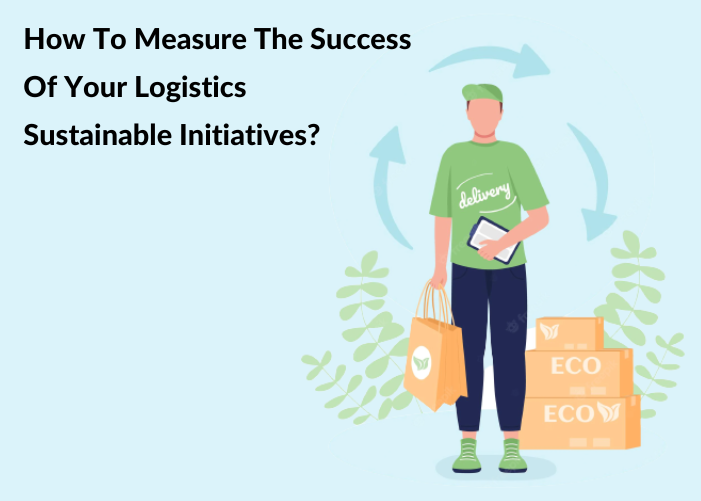Mastering Route Management in 2023
We live in the Global Era. Marketplaces, customers, and supply chains are boundaryless and operate across the world. 24*7.
Customers are more demanding every day, and want their parcels “faster, cheaper, and with more delivery options”. Logistics businesses are forever scrambling to meet customer demand and fight off competition. As a result, logistics and transportation costs are higher than ever before. Some studies estimate that they are rising 20% year-on-year.
So, how can logistics businesses sustain this ever-growing demand and manage their deliveries, especially across the last mile which is the most challenging and expensive part of the supply chain? The answer lies in optimizing Route Management.
This article will focus on how to optimize Route Management through the use of modern technology so that costs are minimized, your available resources are put to best use, and your efficiency is optimized.
2) What is “Route Management”?
“Route Management” is the process that aims to optimize your delivery operations. In today’s world, it usually involves Route Optimization Software.
It seeks to optimize operations by minimizing costs (miles covered, fuel costs) and improving delivery efficiency (optimizing delivery routes, and available resources like drivers and vehicles).
3) How does Route Management software optimize delivery operations?
Let’s look at how Route Management Software improves delivery operations.
i) Automation: Perhaps, the most important element in modern route management software is its use of automation.
As a result, it can instantly come up with the most efficient route after taking into consideration the various restraints, including delivery time windows, availability of drivers and vehicles, number of stops per route, reverse pickups, traffic, and weather patterns, road conditions (etc.).
ii) Visualization of delivery routes: Another huge benefit is that it can map the routes and stops on the map. Therefore, drivers can actually see their paths, stops, etc., and don’t have to configure their routes themselves.
As mentioned above, the software balances out numerous variables to come up with the most efficient routes. It can also instantly re-route in cases of emergencies (e.g. blocked tunnel, traffic snarls) and update the drivers in real-time.
iii) Automated dispatch for fleet drivers: The software allows logistics teams to set pre-defined rules – such as distance, and terrain – on the basis of which it assigns deliveries automatically. The software informs the drivers exactly where and when to go, and provides them with a route map, with any other additional instructions/information as required.
iv) Advanced data analytics for usable insight: Since the software is completely automated, it not only processes vast amounts of data but also records every action as a data point. As a result, it can measure performance across the entire scope of delivery operations and provide meaningful insight that helps logistics teams take better decisions.
The software has robust reporting capabilities, and logistics teams can run numerous reports that can slice-n-dice their data by hour, day, week, driver, vehicle (etc.), to name a few cohorts.
Some popular KPIs for report generation include on-time deliveries, return rates, customer feedback, and, idle time.
v) Real-time customer notifications: Well, we live in the “instant” era! Everything has to be available immediately, and at the tap of an icon! Modern route-management software is equipped such that you can send your customer an instant, automatic notification as customer parcels make their way through the delivery points.
~~ Challenges: Route Management ~~
Regardless of the size of the company or resources at your command, Route Management will always be among the most challenging functions in your operation. There are numerous factors involved, and these can change from one moment to another.
I) Numerous variables exert influence: The reason why modern Route Management Software is so successful in routing is due to the sheer volume of information it considers in coming up with the most optimal solution. Delivery time windows, traffic patterns, weather, available fleet vehicles and their capacity, drivers, number of drops…well, the list is endless.
Is it possible to do all this manually? Theoretically, yes. But, it would be so time-consuming that it would be prohibitively inefficient. It is also likely that it would become unmanageable once the company achieves some level of scale.
II) Legacy processes & systems: By logical extension of the point above, the sheer scope and spread of the number of variables involved naturally tends toward each variable being fickle. Traffic scenario changes quickly (e.g. a blockade), weather can turn nasty, and the end customer may be running late…the examples are many.
Unlike legacy systems, however, Route Management Software has the ability to quickly re-assess the changed scenario in real-time and adjust the delivery schedule accordingly. This is also a huge benefit for your drivers, who would’ve been scrambling otherwise.
Therefore, Route Management Software is your best bet in tackling such issues. Automated, GPS-enabled, powered by robust algorithms, and with AI-ML capabilities, it is your true ally.
4) What are the leading benefits of Route Management software?
Route management software offers numerous benefits:
i) Improves transparency & visibility of deliveries: With real-time tracking, live notifications, and updates about the progress of deliveries, the software provides 100% transparency across the entire delivery operation.
ii) Lowers fuel consumption: With efficient route planning, the miles traveled are reduced. This lowers fuel consumption, which is among the most expensive line items in your operating costs. Estimates peg fuel savings at anything between 20-40%.
iii) Multi-stop routes: The software automatically balances out the various boundary conditions and optimizes multi-stop routes. This saves huge amounts of time and resources, which can be deployed in other areas.
iv) Increases the number of daily deliveries completed: By optimizing all your available resources against delivery objectives, the software helps you to increase your daily deliveries, and therefore, your topline. It will also notify you when additional resources, like more drivers or vehicles, are needed to meet delivery targets.
v) Enables drivers to perform better: We often tend to overlook the most important element in the entire delivery operation – the driver! They work long hours, stay away from home and family for days on end, and battle inclement weather and traffic.
The software is a boon for drivers. Now, they needn’t worry about such factors because the routes are optimized for them. The technology is easy to understand and use and needs no additional hardware (usage is on driver smartphones). A happy driving force means less labor turnover, more experience, and better performance.
vi) Customer Satisfaction: Just like you want to know where your drivers are, customers want to know where their parcels are.
Since the software provides customers with live updates on the location of their driver and package, allows for two-way communication between customer and driver, and can adjust for delays/emergencies, it helps in achieving high levels of customer satisfaction.
Conclusion: As is evident, mastering route management by using modern technologies like delivery software is critical to success for today’s Logistics Companies, brands, and platforms.




